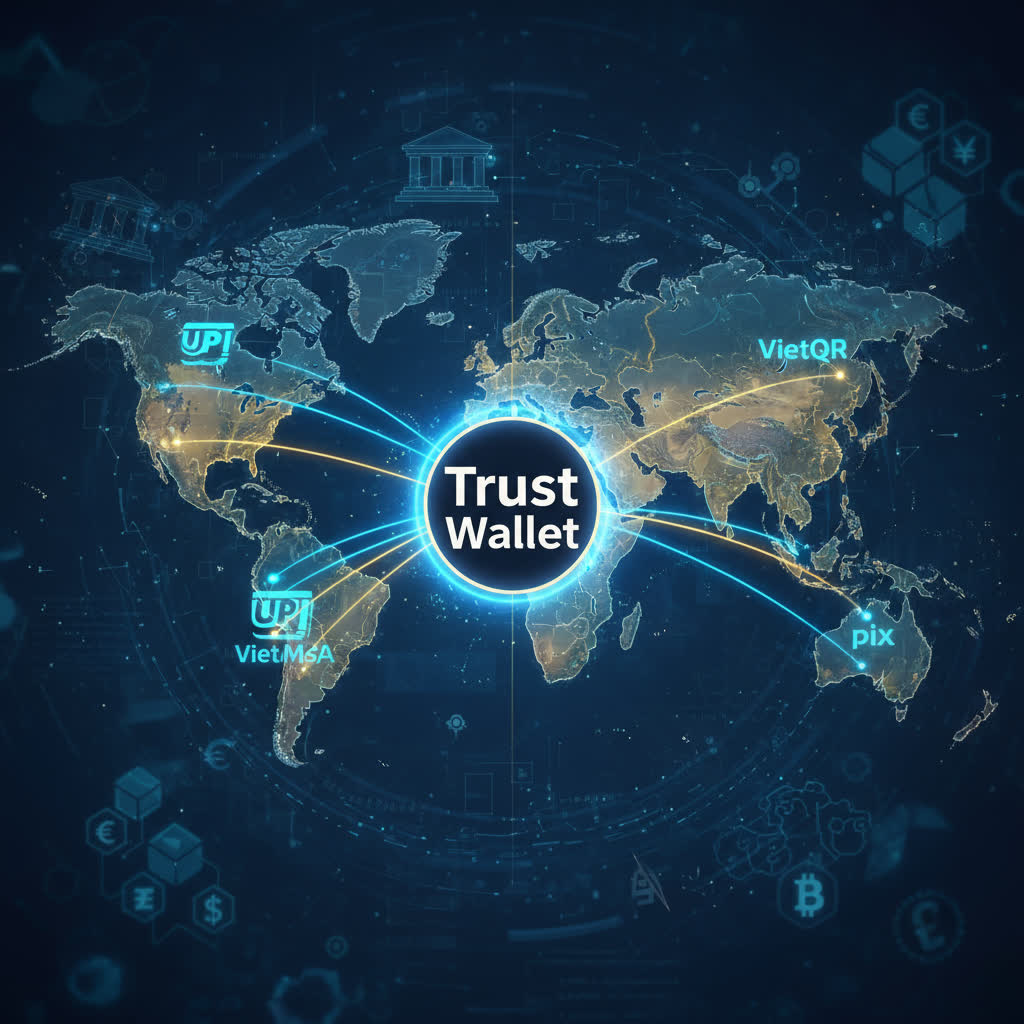The Attack That Changed ICO Security Forever
On July 17, 2017, what was supposed to be one of the most promising Initial Coin Offerings (ICOs) of the year became the first major public hack of a cryptocurrency token sale, forever changing how the industry approaches security. The CoinDash ICO, launched by an Israeli blockchain startup promising a social trading platform for cryptocurrencies, was compromised within just three minutes of its public launch, resulting in hackers stealing over $7 million worth of Ethereum .
The Anatomy of a Simple Yet Devastating Attack
CoinDash, which positioned itself as “the E-Trade for blockchain,” had generated significant excitement in the cryptocurrency community leading up to its ICO launch . The company planned to raise capital by selling its own digital tokens (CDT) in exchange for Ethereum, with a 28-day token sale window and a $12 million hard cap . However, the attack that unfolded was devastatingly simple in its execution.
The attack method was straightforward yet highly effective : hackers infiltrated CoinDash’s website and replaced the legitimate Ethereum wallet address where investors were supposed to send their funds with a fraudulent address controlled by the attackers . This wasn’t a sophisticated blockchain exploit or smart contract vulnerability – it was a basic website compromised that redirected millions of dollars to the wrong destination.
The timing was impeccable from the hackers’ perspective. The attack occurred at 9:00 AM Eastern Time on July 17, 2017 , just as the ICO officially launched . Within 13 minutes , CoinDash realized something was wrong, but by then it was already too late . The hackers had successfully diverted 43,438 Ethereum tokens (equivalent to approximately $7 million at the time) to their own wallet address .
The Immediate Response and Damage Control
CoinDash’s response to the breach was swift but insufficient to prevent the massive theft. The company immediately posted emergency warnings on their website in multiple languages, including English, Chinese, and Korean :
“This is an emergency message delivered to you in order to stop you from sending your money to an unauthorized ETH address. It seems like our Token Sale page was tampered and the sending address was changed. Please stop from sending your funds to any of the addresses until we say otherwise.”
Despite these warnings, investors continued sending funds to the compromised address even after the alert was issued. According to Etherscan data, over 2,130 transactions were processed to the fraudulent address, with some investors sending hundreds of Ether in single transactions .
The company was forced to terminate the ICO entirely, though they had managed to secure $6.4 million from early contributors and whitelist participants before the hack occurred . CoinDash took the unprecedented step of promising to honor all investments, including those sent to the fraudulent address, by distributing CDT tokens to all affected investors .
The Unprecedented Return of Stolen Funds
Perhaps the most mysterious aspect of the CoinDash hack wasn’t the theft itself, but what happened afterward. In an almost unprecedented move in the cryptocurrency world, the hacker began returning portions of the stolen funds months after the initial attack .
The first return occurred in September 2017 , just three months after the hack, when the attacker sent back approximately 10,000 ETH (worth about $3 million at the time) . Then, in February 2018 , the hacker made an even larger return, sending back 20,000 ETH valued at approximately $17.4 million – significantly more than the original theft due to Ethereum’s price appreciation .
By the time of the second return, the hacker had given back 30,000 of the original 43,438 stolen ETH , keeping only about 13,400 ETH (worth approximately $11.6 million) . The reasons for these returns remain a complete mystery, spawning numerous theories within the cryptocurrency community.
Some experts speculated that the hacker was unable to launder the stolen funds because the address had been blacklisted and tracked under the codename “FAKE_CoinDash” by major cryptocurrency exchanges . Others suggested it might have been an elaborate publicity stunt, though no evidence has ever supported this theory .
Technical Analysis of the Attack Vector
The CoinDash hack highlighted a critical vulnerability that many ICO projects had overlooked: website security . Unlike attacks on the blockchain itself or smart contract exploits, this was a traditional web-based attack that exposed fundamental weaknesses in how ICOs were being conducted .
The attack demonstrated several key vulnerabilities:
Single Point of Failure : The ICO relied entirely on their website to communicate the correct Ethereum address to investors. When this single communication channel was compromised, there was no backup verification method .
Lack of Address Verification : Investors had no way to independently verify that the Ethereum address displayed on the website was legitimate. The blockchain itself wasn’t compromised – only the information being displayed to users .
Timing Exploitation : The hackers chose the perfect moment to strike, right as the ICO launched when maximum investor attention and funds would be flowing to the platform .
Human Factor : Many investors, caught up in the excitement of participating in a hot ICO, failed to double-check addresses or notice warning signs .
Industry Impact and Regulatory Implications
The CoinDash hack occurred at a critical moment in the ICO boom. In 2017 alone, ICO token sales had raised at least $540 million by the time of the attack, with some individual ICOs raising as much as $147 million . The hack served as a stark reminder of the risks inherent in this largely unregulated fundraising method.
The incident drew comparisons to The DAO hack of 2016, which saw $50 million stolen from the decentralized autonomous organization . However, the CoinDash hack was different – it wasn’t a smart contract vulnerability but a more traditional cybersecurity failure that highlighted the need for better operational security practices in the ICO space.
The hack also occurred before significant regulatory guidance from authorities like the SEC, leaving investors with little legal recourse . This regulatory vacuum meant that while CoinDash voluntarily chose to compensate affected investors, they had no legal obligation to do so.
Lessons Learned and Security Improvements
The CoinDash incident catalyzed important improvements in ICO security practices across the industry. Several key lessons emerged from the attack:
Multi-Signature Wallets and Address Verification
Post-CoinDash, many projects began implementing multi-signature wallet requirements for ICO funds, requiring multiple private keys to authorize transactions . This significantly reduces the risk of single points of failure.
Blockchain-Based Address Publication
Companies like Enigma proposed solutions to hard-wire ICO addresses directly into the blockchain when smart contracts are created, making it impossible for hackers to alter addresses through website compromises . This approach provides immutable proof of legitimate addresses.
Enhanced Due Diligence Procedures
The incident highlighted the importance of thorough smart contract audits and security assessments before launching ICOs . Industry reports suggest that over 30% of token projects had critical vulnerabilities that could be exploited .
Improved Communication Protocols
ICO projects began implementing multiple communication channels for address verification, including social media confirmation, email verification, and blockchain-based proof systems .
Real-Time Monitoring Systems
Many projects adopted continuous monitoring tools to detect anomalous activity on their platforms, as studies showed that around 60% of breaches occur due to internal threats or compromised accounts .
The Broader Context of ICO Security
The CoinDash hack exposed systemic issues in the ICO ecosystem that extended far beyond a single project. Research from Chainalysis indicates that nearly 80% of all ICOs conducted since 2017 were either scams or failed initiatives , highlighting the need for better security practices and investor protection.
The incident also demonstrated the double-edged nature of cryptocurrency’s anonymity features . While these provide privacy benefits, they also make it extremely difficult to trace stolen funds or recover losses. As one cybersecurity expert noted, “The fact that this is done with a cryptocurrency wallet ID makes it very effective, as it will make it much harder to trace the criminals, due to the anonymity provided by the algorithms behind Ethereum” .
Current State and Long-Term Implications
Today, nearly eight years after the CoinDash hack, the incident remains a foundational case study in cryptocurrency security. The attack methodology – compromising websites to redirect funds – has been replicated in numerous subsequent attacks, making it one of the most important security lessons in the blockchain space.
The mysterious return of funds by the CoinDash hacker remains unique in the annals of cryptocurrency crime . No other major cryptocurrency theft has seen such a substantial voluntary return of stolen assets, making it one of the most puzzling cases in blockchain history .
The incident also paved the way for improved security standards across the industry. Modern ICO and token sale platforms now implement multiple layers of security, including smart contract audits, multi-signature requirements, and blockchain-based address verification systems .
Conclusion: A Turning Point for Cryptocurrency Security
The CoinDash hack of July 17, 2017, stands as a watershed moment in cryptocurrency history – not just for the $7 million stolen, but for the security awakening it triggered across the blockchain industry. The attack’s simplicity underscored a fundamental truth: in the rush to embrace revolutionary blockchain technology, many projects had neglected basic cybersecurity principles.
While the immediate damage was significant, the long-term impact may have been largely positive. The hack forced the entire ICO ecosystem to confront its security shortcomings and implement stronger protections for investors. The mysterious return of most stolen funds added an element of intrigue that continues to fascinate the cryptocurrency community.
Today, as we commemorate the eighth anniversary of this pivotal event, the CoinDash incident serves as both a cautionary tale and a testament to the industry’s capacity for learning and improvement. The lessons learned from those fateful three minutes in July 2017 continue to shape how cryptocurrency projects approach security, investor protection, and operational resilience.
The CoinDash hack reminds us that in the rapidly evolving world of cryptocurrency, vigilance, security, and investor protection must remain paramount – because in this space, a single compromised website can redirect millions of dollars in a matter of minutes .
Ready to start your cryptocurrency journey?
If you’re interested in exploring the world of crypto trading, here are some trusted platforms where you can create an account:
- Binance – The world’s largest cryptocurrency exchange by volume.
- Bybit – A top choice for derivatives trading with an intuitive interface.
- OKX – A comprehensive platform featuring spot, futures, DeFi, and a powerful Web3 wallet.
- KuCoin – Known for its vast selection of altcoins and user-friendly mobile app.
These platforms offer innovative features and a secure environment for trading and learning about cryptocurrencies. Join today and start exploring the opportunities in this exciting space!

Join our crypto community for news, discussions, and market updates: CryptoBCC on Telegram.

Disclaimer: Always do your own research (DYOR) and ensure you understand the risks before making any financial decisions.




